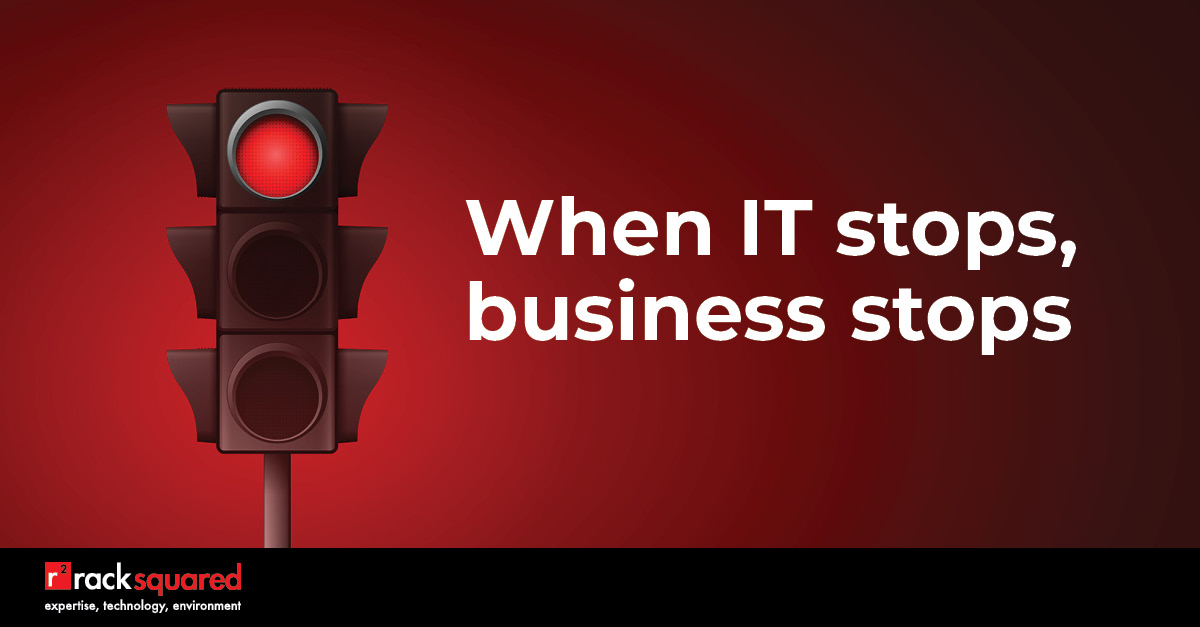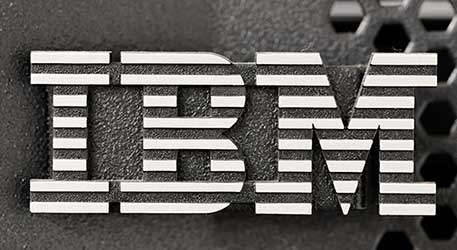Data Backup: From Desk Drawer to the Cloud
IT and your data are what keep your business up and running but if the systems are working and there is no data, business comes to a halt. That’s why it’s so important for you to have a comprehensive data backup process that includes steps for securely getting your data offsite.
In working with many small businesses, we often find that the one-and-only backup copy of a company’s data is stored in a nearby desk drawer or taken home by an employee each evening. This can lead to the worst-case scenario: not having any data to actually recover when an event occurs.






